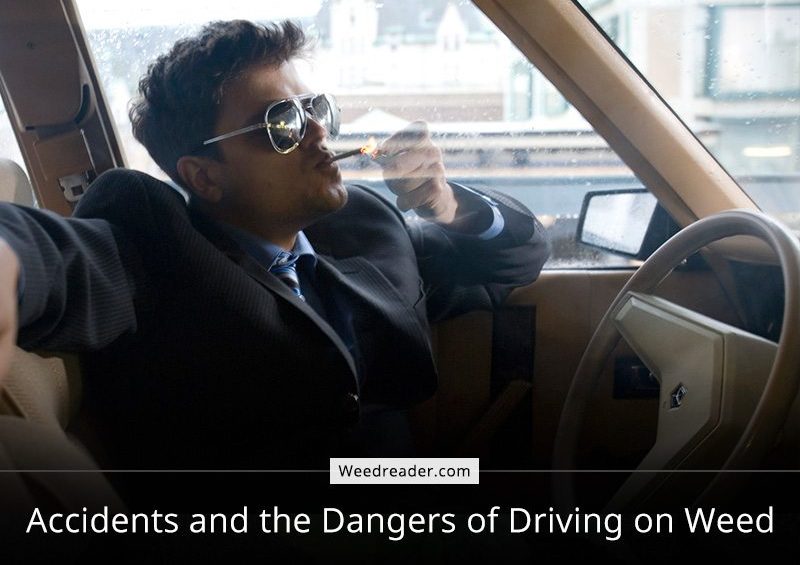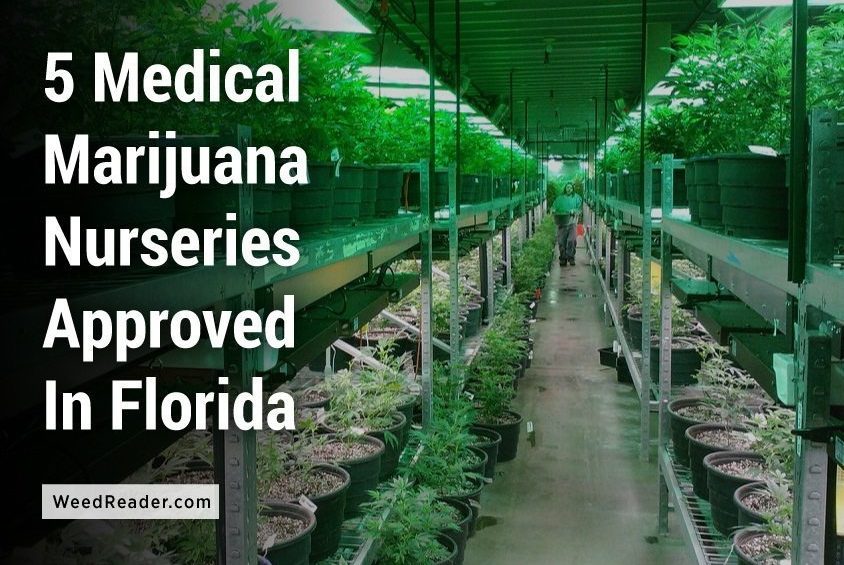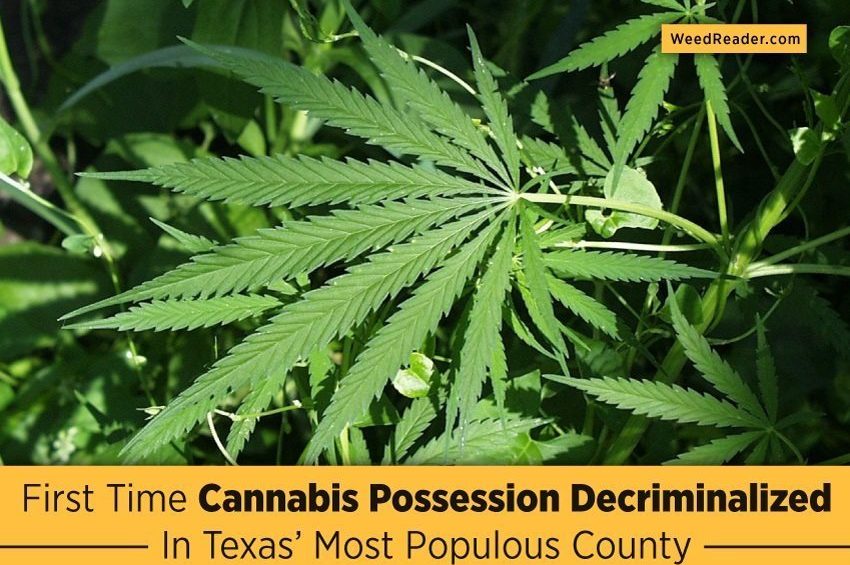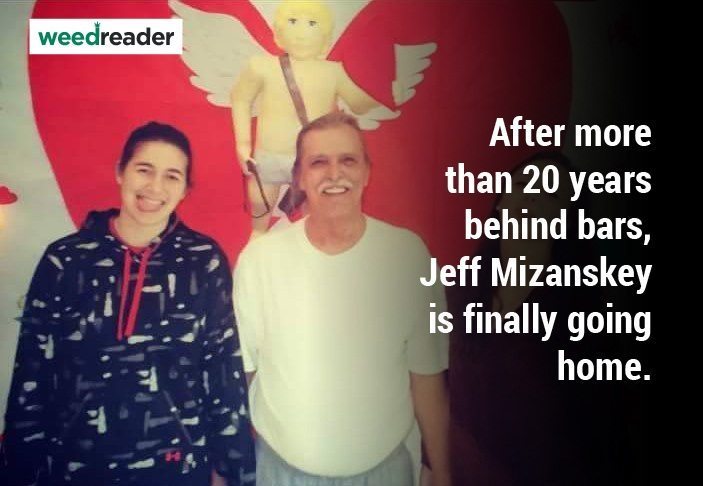Most people have been taught that alcohol increases the risk of accidents.
Smoking and driving can get you a DUI for an accident even in states where cannabis is legal. Current state laws for marijuana have focused on regulating it like alcohol while on the road. This is especially true when it comes to consuming and driving. Yet evidence of marijuana’s culpability in on-road accidents is difficult to prove.
Many states have reduced penalties for cannabis related crimes over the last few years. Yet as states continue to loosen regulations on marijuana safety, law enforcement is struggling to figure out how to establish a legal limit for drivers. They have focused on setting a blood-content test just like the .08 limit for alcohol.
A new study shows the challenges in accurately testing drivers.
One of the most difficult parts of testing is developing a threshold for what’s considered too high to drive. The conductors of the study concluded that “THC concentrations drop rapidly during the time required to collect a blood specimen in the U.S., generally within two to four hours.”
The low amount of time cannabis remains active for oral tests using the drivers’ saliva make it harder to fail than traditional tests. Saliva tests can be done roadside without a long wait but researchers found oral tests don’t provide “a precise measure of the level of impairment.”
Politicians are hesitant to implement concentration-based cannabis-driving legislation because it might ” unfairly target individuals not acutely intoxicated, because residual THC can be detected in blood for up to a month of sustained abstinence in chronic frequent smokers.” Depending on the direction that the new Attorney General Jeff Sessions takes the Justice Department over the coming years, detecting residual cannabinoids may be more important than registering intoxication.
Smoking weed is not safe while driving.
Cannabis intoxication has been shown to mildly impair a drivers psychomotor skills. It doesn’t appear to be severe or long lasting though. In driving simulator tests, this impairment was typically manifested by decreasing driving speed and needing more time to respond to emergency situations.
Yet this impairment does not appear to play a significant role in on-road traffic accidents. A review of seven different studies involving 7,934 drivers showed in 2002, “Crash culpability studies have failed to demonstrate that drivers with cannabinoids in the blood are significantly more likely than drug-free drivers to be culpable in road crashes.” And it’s not like people haven’t tried to prove a link either.
A Massive body of research exists that explores the impact of marijuana on psychomotor skills and actual driving performance. Researchers have done driving simulator studies, on-road performance studies, crash culpability studies, and reviews of the existing evidence. To date, the result of this research has shown how mildly cannabis affects driving abilities but that won’t stop the cops from hauling you off for having it in your system if you get in an accident.
Marijuana has a measurable yet relatively mild effect on psychomotor skills.
Yet it does not appear to play a significant role in vehicle crashes, particularly when compared to alcohol. Researchers conducting a study for the National Institute on Drug Abuse said alcohol “significantly increased lane departures/minimum and maximum lateral acceleration”. Cannabis did not have the same correlation between consumption and decreased performance.
Researchers for the Highway Traffic Safety Administration funded study concluded Cannabis-influenced drivers are better able to measure their intoxication “may attempt to drive more cautiously to compensate for impairing effects, whereas alcohol-influenced drivers often underestimate their impairment and take more risk.”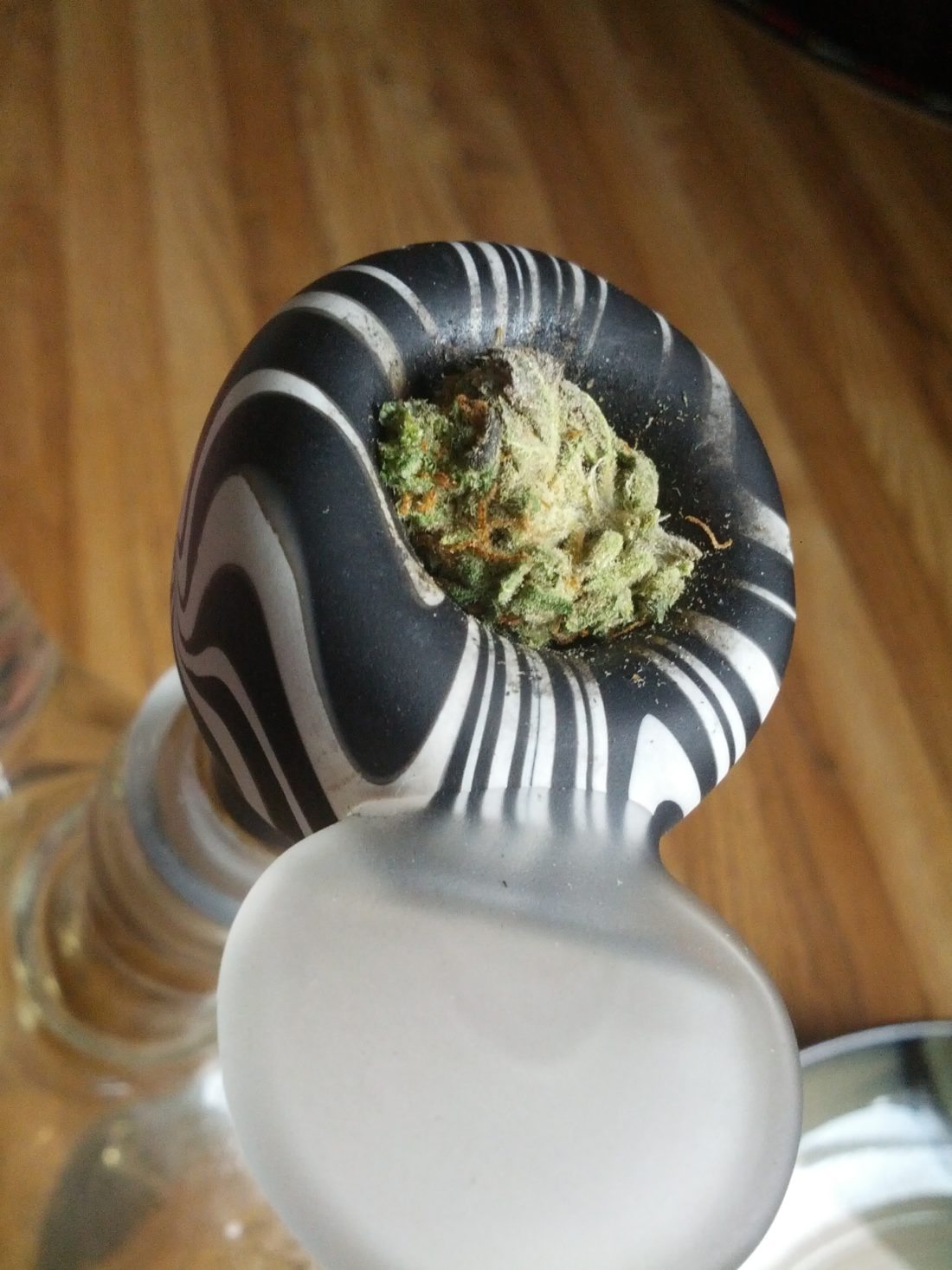
People keep studying the link between cannabis, alcohol and car accidents.
The prevalence of both alcohol and cannabis use and the extreme morbidity associated with car crashes has lead to repeated research on the link between the two. According to another study, “drunk drivers are involved in 25% of motor vehicle fatalities, and many accidents involve drivers who test positive for cannabis.”
The researchers say that while both alcohol and cannabis impair performance in a “dose-related fashion” the “effects of cannabis vary more between individuals than they do with alcohol because of tolerance, differences in smoking technique, and different absorptions of Δ9-tetrahydrocannabinol (THC), the active ingredient in marijuana.”
The effects of a cannabis “high” vary according to dose but are more pronounced with highly automatic driving functions than with more complex tasks.” Basically making it easier to focus on a plan than instinctively react to something. With alcohol the opposite pattern of impairment is produced and people get distracted easier.
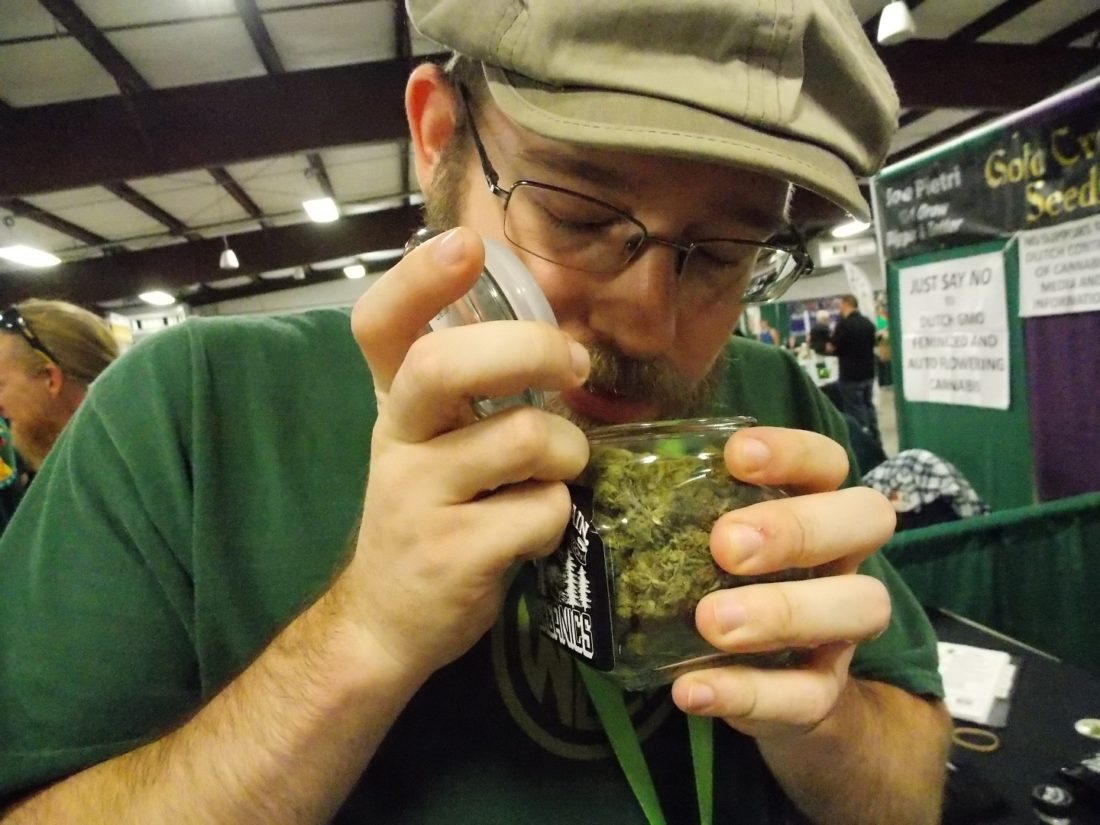
Cannabis and alcohol have a synergistic effect.
Because of an increased awareness that they are impaired, “marijuana smokers tend to compensate more effectively while driving than drunks” by utilizing a variety of strategies. Mixing marijuana with alcohol removes the ability to use such strategies as the two substances increase the potency of the other when mixed.
Cannabis and alcohol work on many of the same levels in the brain and both inherently affect chemical production in the brain. Mixing cannabis and booze will amplify the effects of both and can lead to serious repercussions. While studies have been inconclusive regarding whether cannabis use causes an increased risk of accidents; in contrast, unanimity exists that alcohol use increases the risk of crashes.
In addition, the risk from driving under the influence of alcohol and cannabis together is higher than the risk of driving under the influence of either alone. One study even recommends that patients who smoke cannabis wait several hours before driving, and avoid combining the two drugs.

Even schools have studied how dangerous driving while high is.
The first study to analyze the effects of cannabis on driving was conducted by Researchers at the University of Iowa’s National Advanced Driving Simulator, sponsored by National Highway Traffic Safety Administration, National Institute of Drug Abuse, and the Office of National Drug Control Policy.
The researchers found that cannabis use caused almost no impairment. The impairment that it did cause was similar to the change observed while under the influence of a legal alcohol limit. They basically couldn’t get cannabis to impair driving as much as one beer.
They tested impairment mainly with a simulator. “Once in the simulator—a 1996 Malibu sedan mounted in a 24-feet diameter dome—the drivers were assessed on weaving within the lane, how often the car left the lane, and the speed of the weaving. Drivers with only alcohol in their systems showed impairment in all three areas while those strictly under the influence of vaporized cannabis only demonstrated problems weaving within the lane.”
More research is needed to find the right limits.
All these study’s findings show that alcohol is a much more dangerous drug than cannabis yet regulated in a more relaxed manner. While driving while under the influence of cannabis can still get you locked up, it is unclear how dangerous it is. More research is needed to show exactly how much cannabis should be legally allowable but for the time being, driving after consuming any cannabis remains illegal.
Until the whole world switches over to autonomous vehicles and we don’t have to worry about driver error any more, people are still going to get into accidents (sober or not). It is best not to contribute to the problem and simply don’t drive while high. You never know when you might need to instinctually react to something in your lane. Thanks for reading.

